The bones of 5,000-year-old ‘large men’ covered in red dye have been uncovered by Polish archaeologists in northern Serbia.
The archaeologists say the remains of the men, which are significantly taller than earlier finds, most likely belonged to people who arrived from the steppes of southern Russia or Ukraine.
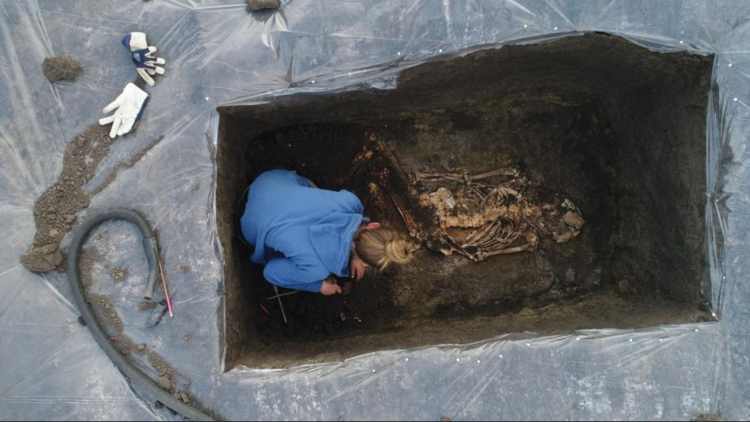 Richly equipped with weapons, ornaments and decorated vessels, the bones belonged to men with a height of over 1.8m, about 20 cm taller than previous finds
Richly equipped with weapons, ornaments and decorated vessels, the bones belonged to men with a height of over 1.8m, about 20 cm taller than previous finds
Richly equipped with weapons, ornaments and decorated vessels, the bones belonged to men with a height of over 1.8m, about 20 cm taller than previous finds.
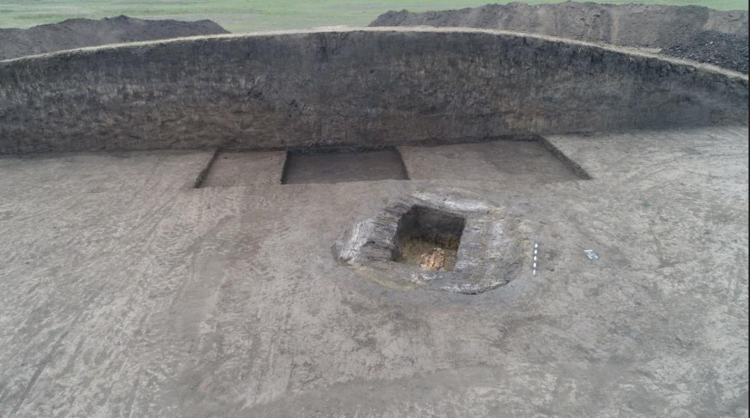 The research focused on two large mounds in the Šajkaška region in the autonomous district of Vojvodina on the lower Tisza – on the western edge of the Eurasian steppes.
The research focused on two large mounds in the Šajkaška region in the autonomous district of Vojvodina on the lower Tisza – on the western edge of the Eurasian steppes.
In each of the mounds were two spacious, wooden burial chambers.
Initially – when the first deceased were buried about 3,000 BC – they were much smaller. After about 100-200 years, when the second burial was dug, their diameters and heights were significantly bigger.
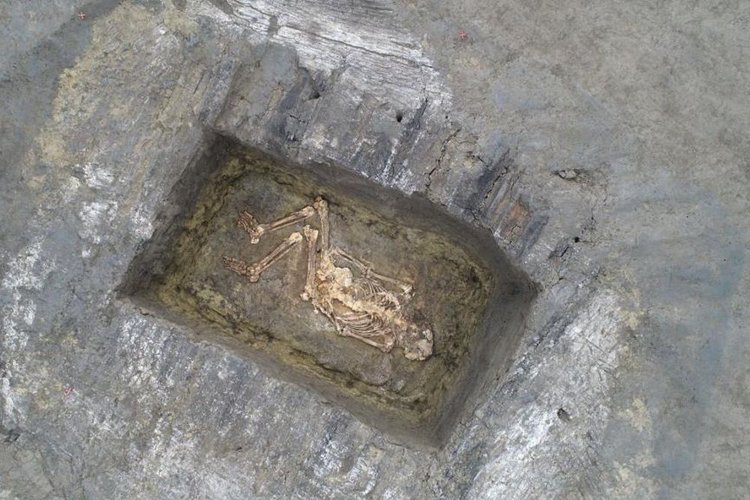 The archaeologists say the remains of the men, which are significantly taller than earlier finds, most likely belonged to people who arrived from the steppes of southern Russia or Ukraine
The archaeologists say the remains of the men, which are significantly taller than earlier finds, most likely belonged to people who arrived from the steppes of southern Russia or Ukraine
Piotr Włodarczak, from the Insтιтute of Archeology and Ethnology of the Polish Academy of Sciences, told PAP: “The graves we discovered were not spectacularly equipped, but the red colour of part of the bones attracted attention.
“This was due to the use of ocher to sprinkle or colour the bodies of the ᴅᴇᴀᴅ,” adding that it was a “sacred colour” used during funeral rituals.
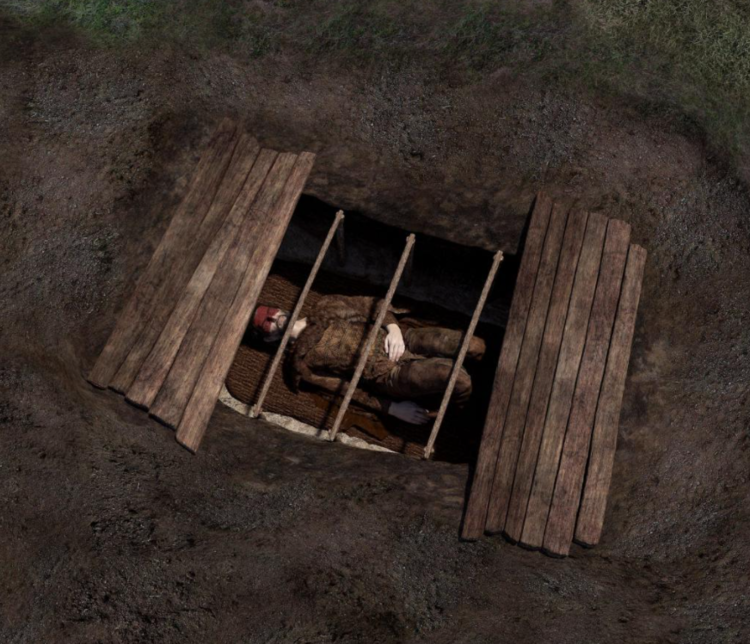 Piotr Włodarczak, from the Insтιтute of Archeology and Ethnology of the Polish Academy of Sciences, told PAP: “The graves we discovered were not spectacularly equipped, but the red colour of part of the bones attracted attention.M. Posiadło
Piotr Włodarczak, from the Insтιтute of Archeology and Ethnology of the Polish Academy of Sciences, told PAP: “The graves we discovered were not spectacularly equipped, but the red colour of part of the bones attracted attention.M. Posiadło
He continued: “Both the use of ocher and the above-average height of the ᴅᴇᴀᴅ – men living in this part of Europe at the turn of the 4th and 3rd millennium were usually around 1.6 m tall – indicate that the deceased were newcomers.
“The ritual of using ocher and placing individual burials in large mounds is ᴀssociated with the communities inhabiting the Eastern European steppe areas.”
Włodarczak said a nomadic community came to Europe from the southern steppes of Russia and Ukraine at the turn of the 4th and 3rd millennium BC.
He added that they were from the Jamnaya culture and that they significantly changed the cultural situation in Europe.
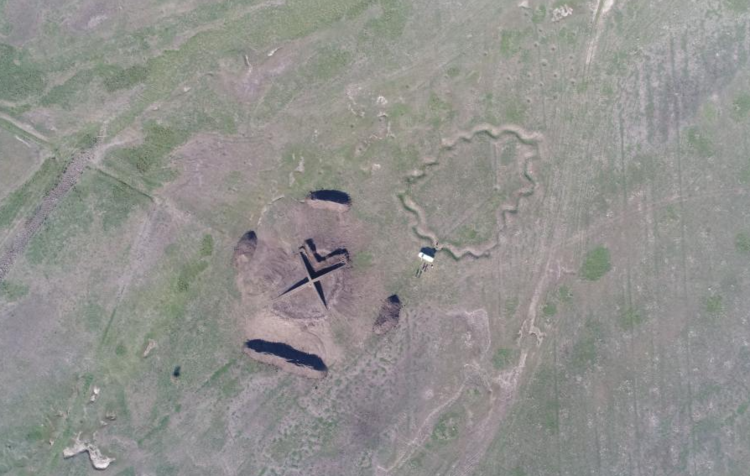 When the first deceased were buried about 3,000 BC they were much smaller. After about 100-200 years, when the second burial was dug, their diameters and heights were significantly bigger
When the first deceased were buried about 3,000 BC they were much smaller. After about 100-200 years, when the second burial was dug, their diameters and heights were significantly bigger
In the third millennium BC archaeologists noticed a cultural change – funeral rituals and the way of making pottery changed. The newcomers also flowed into the areas of modern Poland.
“Proto-state centres of the Bronze Age began to emerge and the elites were separated, as evidenced, for example, by the large burial mounds where the individuals were buried,” Włodarczak added.
The excavation research took place in 2016-2018, but only now scientists have finalised specialist analyses. The project was financed by the National Science Centre.
Source: onlinenewsplus.com







